Ridiculous product fails throughout history
Welcome, dear readers, to a delightful romp through the annals of product history, where ambition often took a hilariously wrong turn. Innovation is a tricky game, and for every groundbreaking success, there’s a facepalm-worthy flop. Join us as we explore the bizarre and sometimes baffling missteps that have left their mark on consumer culture. From peculiar pens to vehicular misadventures, these tales of failure are sure to entertain and perhaps serve as cautionary tales for future innovators.
The Ford Edsel: A Car That Drove Into the Hall of Fame of Fails
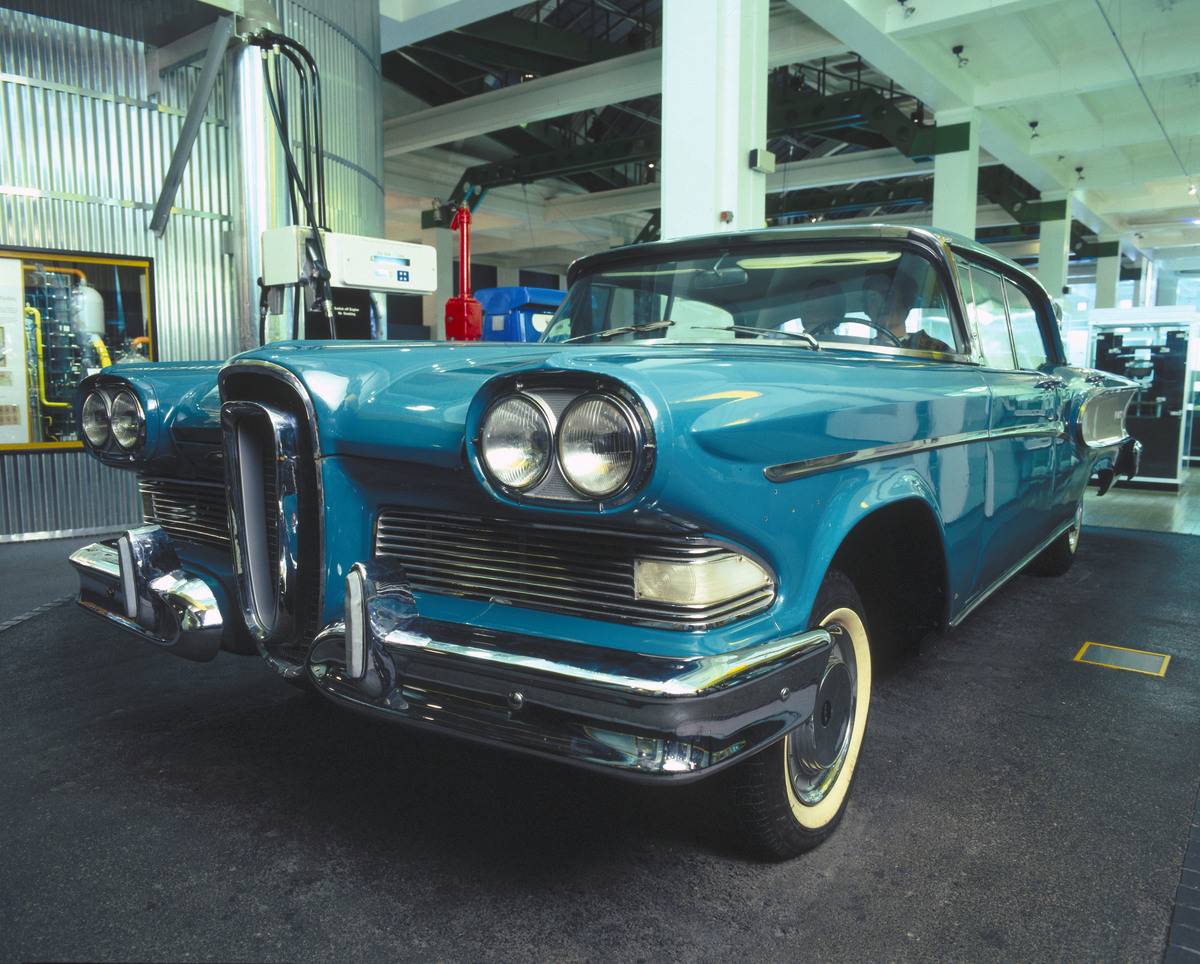
Ah, the Ford Edsel, the car that promised so much yet delivered so little. Launched in 1957, it was marketed as the car of the future. Unfortunately, its design and features were met with confusion rather than excitement. Despite Ford’s massive investment, the Edsel flopped spectacularly due to poor timing and marketing mishaps, selling a disappointing number of units in its three-year run. It remains a classic case study in how not to launch a vehicle.
The New Coke Debacle: When Classic Wasn’t Classic Enough
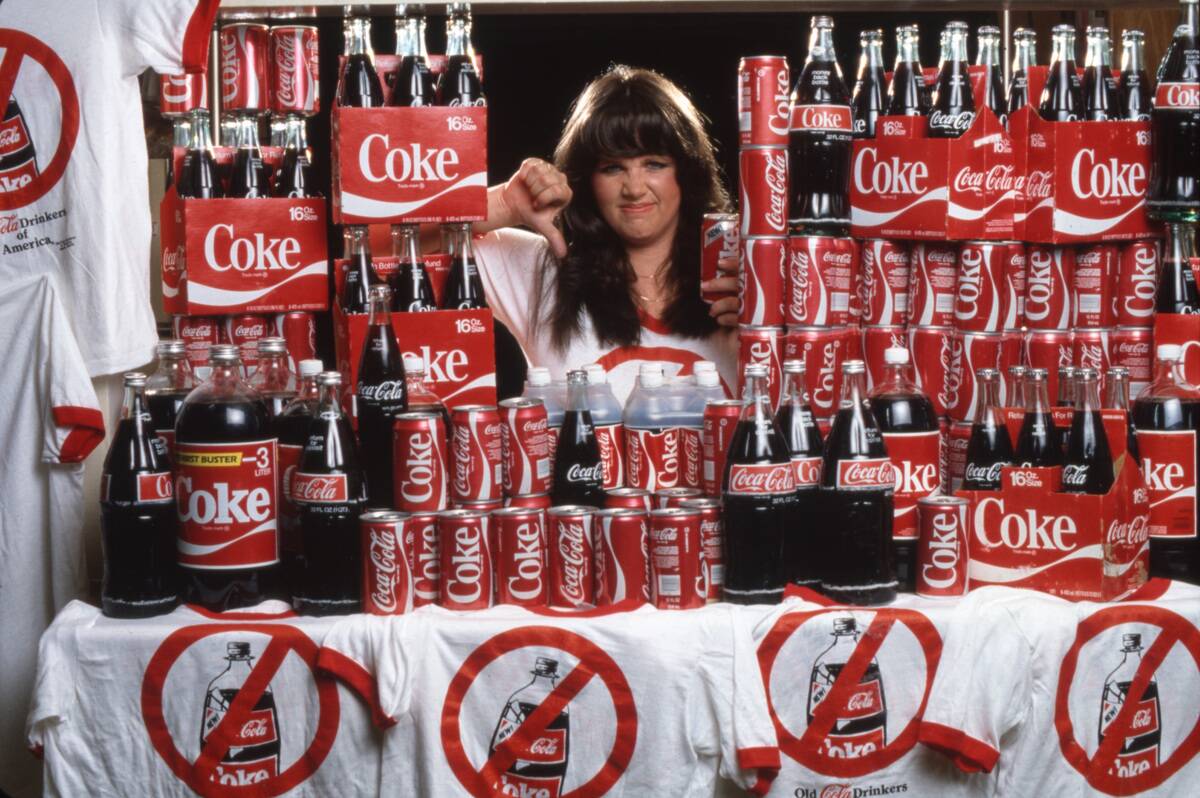
In 1985, Coca-Cola made the bold decision to change its century-old formula, introducing New Coke to an unsuspecting public. The backlash was swift and brutal, as loyal fans decried the new taste. Within just 79 days, Coca-Cola was forced to bring back the original formula, now branded as Coca-Cola Classic. This blunder taught a valuable lesson: if it ain’t broke, don’t fix it. Ironically, the fiasco ended up boosting sales, as customers rushed back to the classic flavor.
The Betamax vs. VHS War: A Battle Lost in the Living Room
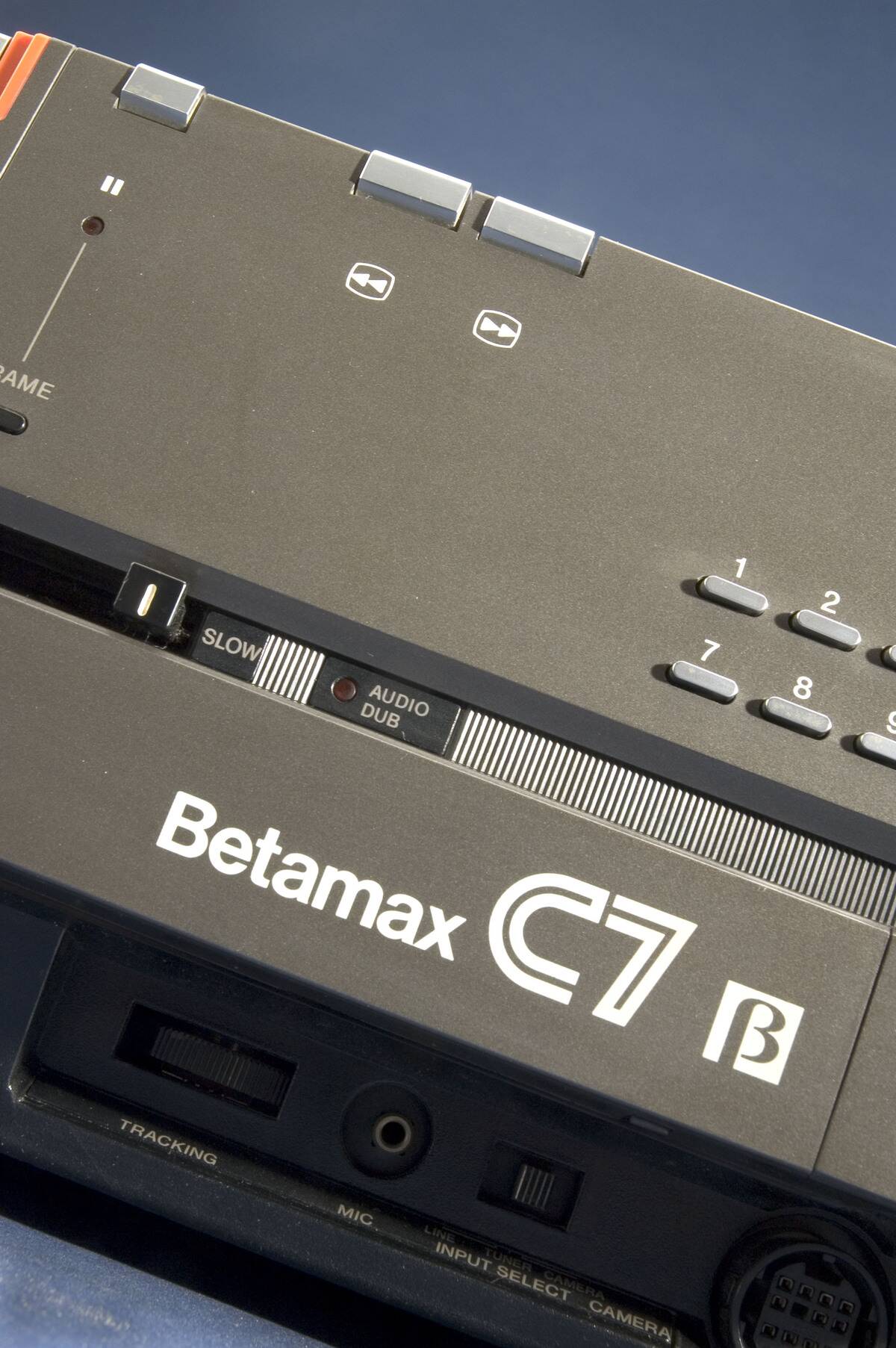
Sony’s Betamax was technically superior to VHS, offering better picture quality when it debuted in 1975. However, it lost the format war due to its shorter recording time and higher cost. Consumers ultimately favored the more affordable and versatile VHS format, which could fit an entire movie on a single tape. This classic David and Goliath story in the tech world underscores the importance of understanding market needs over just technical prowess.
Colgate’s Frozen Entrees: When Toothpaste Brands Try to Cook
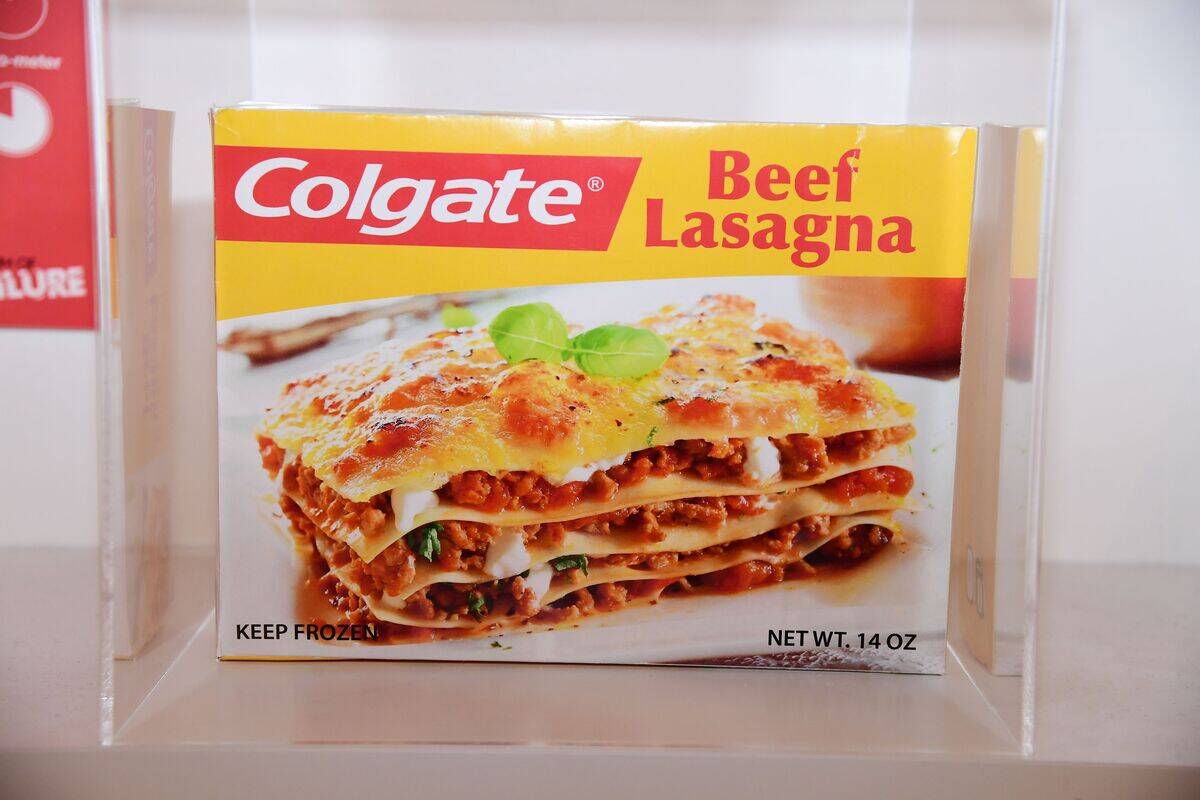
In the 1980s, Colgate, known for its toothpaste, bizarrely decided to dive into the frozen food market with Colgate Kitchen Entrees. Unsurprisingly, consumers were not keen on the idea of associating dental hygiene with dinner. The product line quickly disappeared from supermarket shelves. This odd venture serves as a reminder that brand identity matters, and sometimes, it’s best to stick to what you do best—like making toothpaste, not TV dinners.
The DeLorean DMC-12: A Time-Traveling Flop
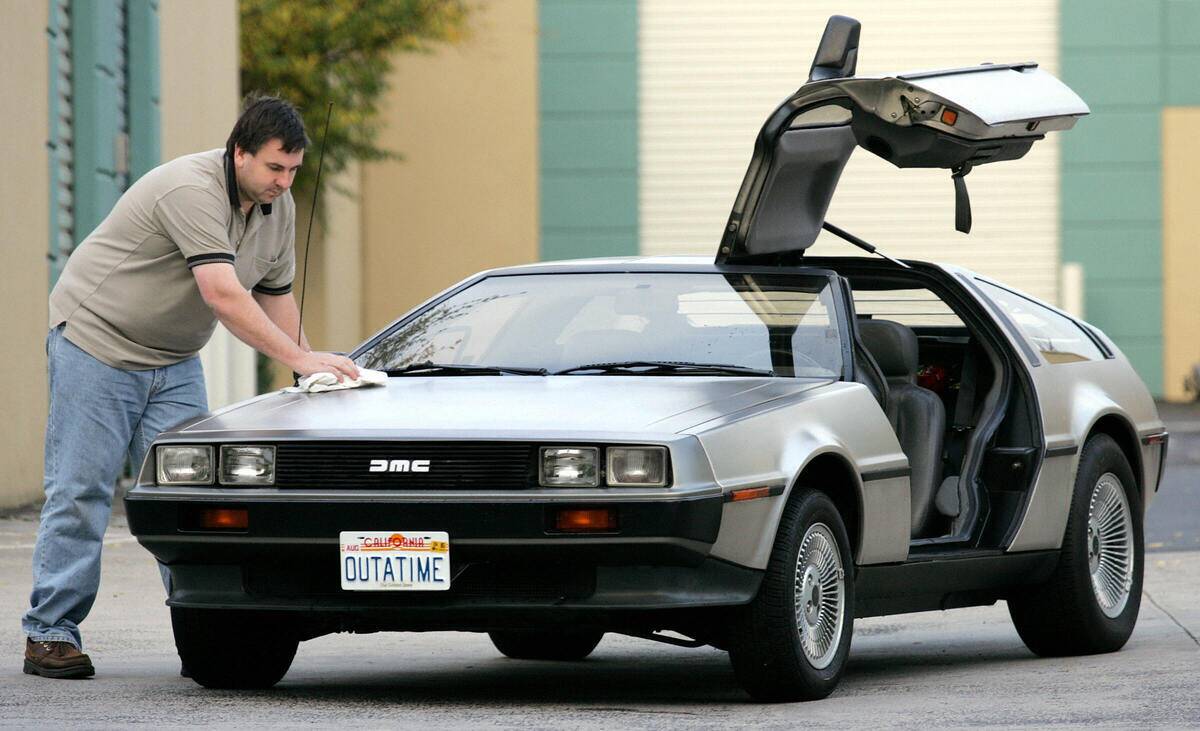
Despite its fame from “Back to the Future,” the DeLorean DMC-12 was a commercial disaster. Its futuristic stainless steel design was overshadowed by poor performance and high costs. Only about 9,000 units were made before production halted in 1982. The car’s legacy lives on in pop culture, but the company itself couldn’t withstand the pressures of the auto industry. The DeLorean remains a symbol of how hype and reality don’t always align.
The Apple Newton: A Handheld Device That Couldn’t Quite Write History
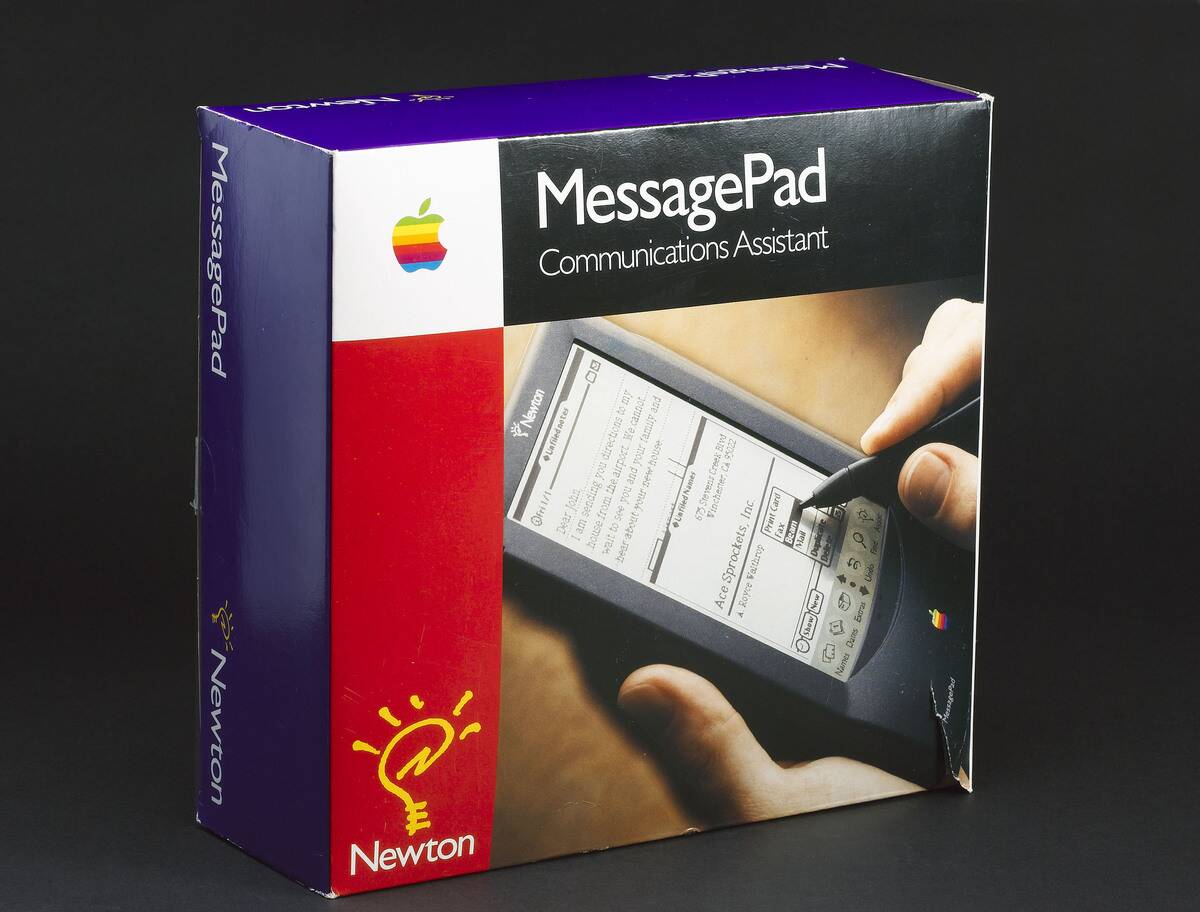
Long before the iPhone, Apple tried to revolutionize personal tech with the Newton in 1993. It was one of the first handheld devices to feature handwriting recognition technology. Unfortunately, the technology was ahead of its time, and the recognition software was often inaccurate, leading to public ridicule. Priced at $700, it was too costly for most consumers. While the Newton was eventually discontinued, it paved the way for future innovations in personal digital assistants.
The Google Glass: Seeing the Future Through Awkward Frames
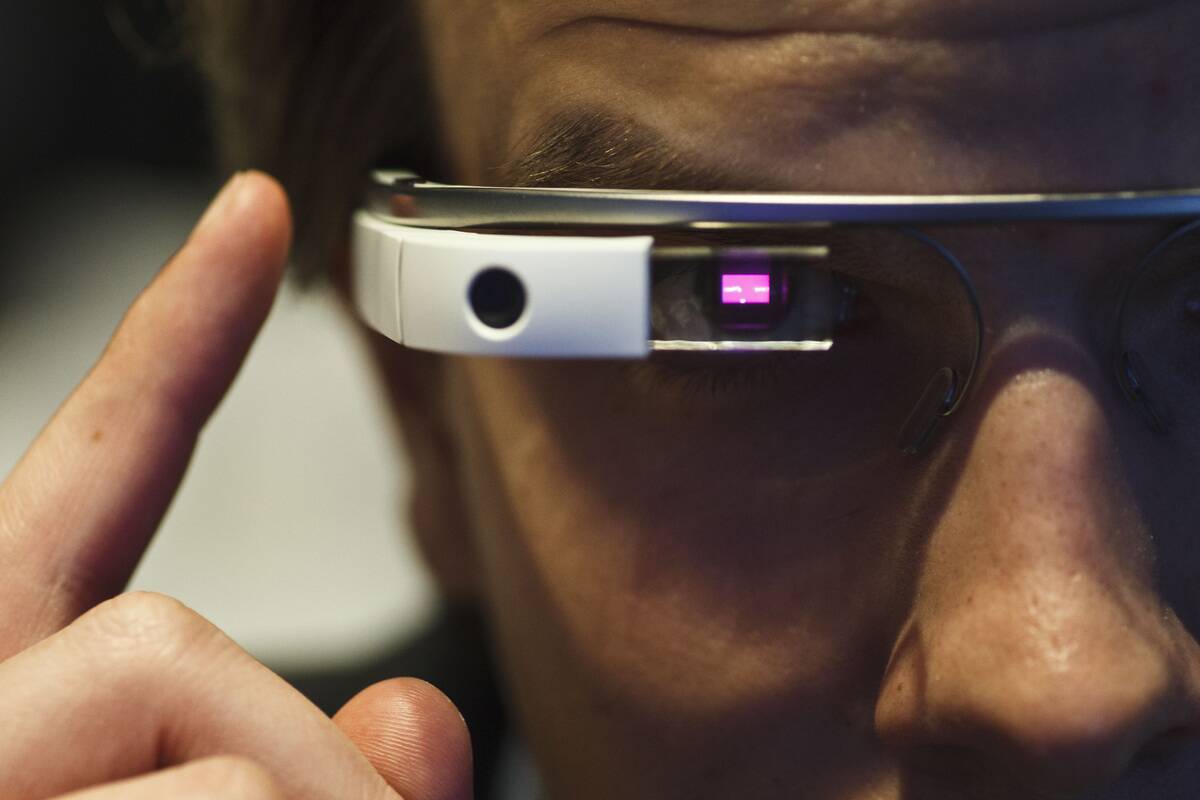
Google Glass was heralded as the future of smart eyewear when it launched in 2013. However, privacy concerns, a clunky design, and a hefty $1,500 price tag made it a tough sell. Users became known as “Glassholes,” and the product was discontinued for the consumer market in 2015. Despite its failure, Google Glass has found niches in professional settings, such as surgeries, showcasing that sometimes, a pivot is necessary to find the right audience.
The Hoverboard: A Fiery Ride to Nowhere
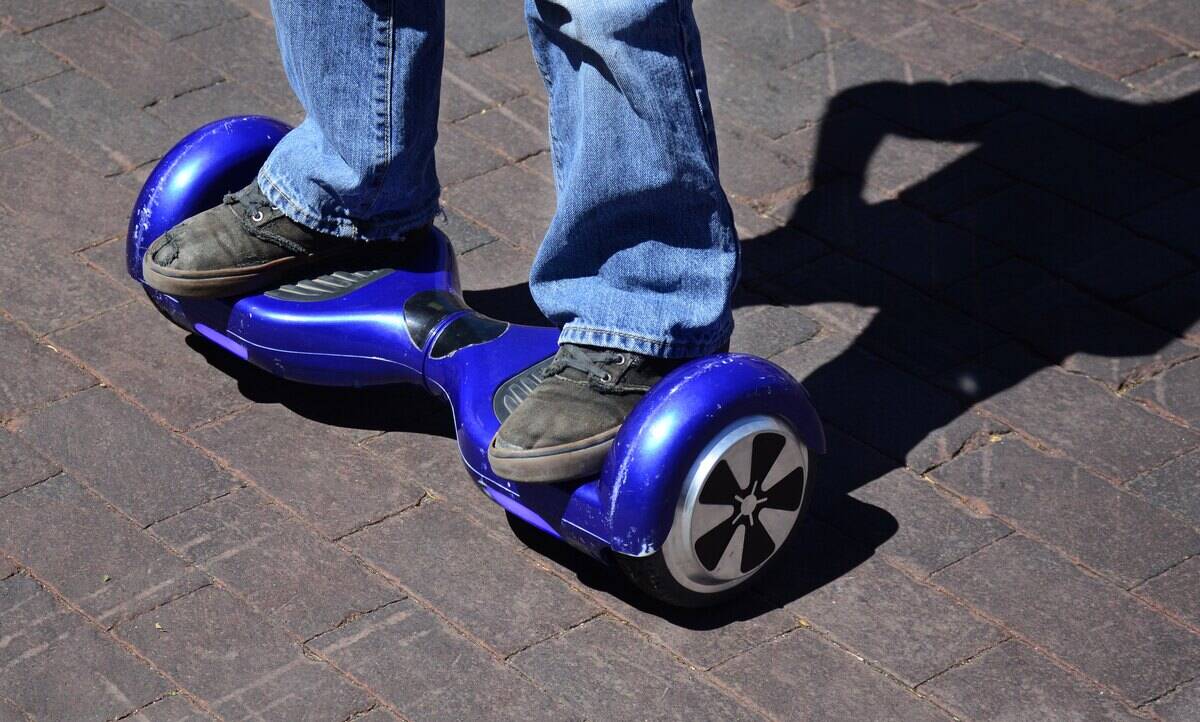
Hoverboards captured the public’s imagination in 2015, promising a new way to glide through life. But technical issues quickly surfaced, with reports of them catching fire due to faulty batteries. Concerns over safety led to airport bans and recalls. Despite the initial hype, hoverboards never truly became the transportation revolution they were touted to be. Instead, they serve as a warning about the rush to market products without rigorous safety testing.
Crystal Pepsi: When Clear Wasn’t the Clear Choice
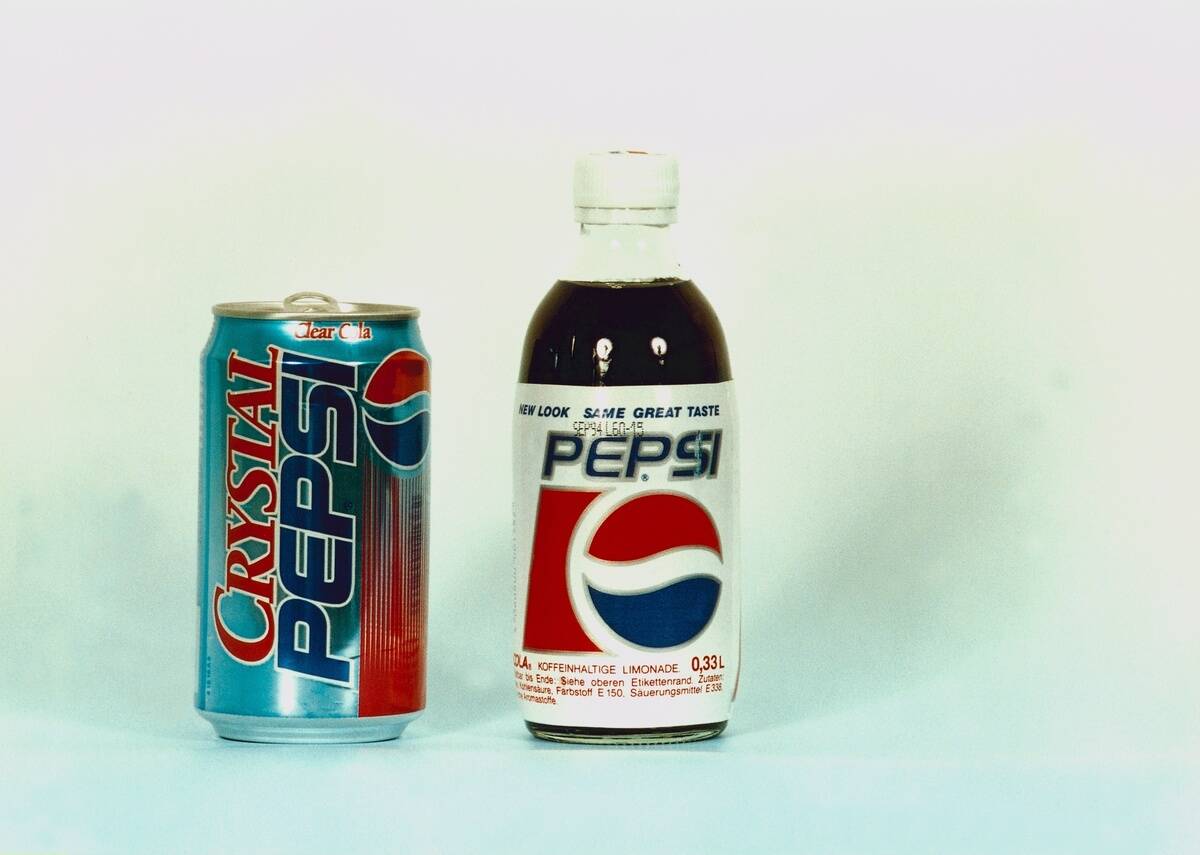
Pepsi attempted to ride the wave of ’90s transparency with Crystal Pepsi, a clear cola launched in 1992. Despite a strong initial interest, the novelty quickly wore off, as consumers found the taste too similar to regular Pepsi without any added benefits. It was pulled from shelves after just a year. The short-lived product did enjoy a brief revival in 2016 due to nostalgic demand, proving that sometimes, a failure can become a fun retro curiosity.
The Segway: A Revolutionary Idea That Didn’t Roll Far
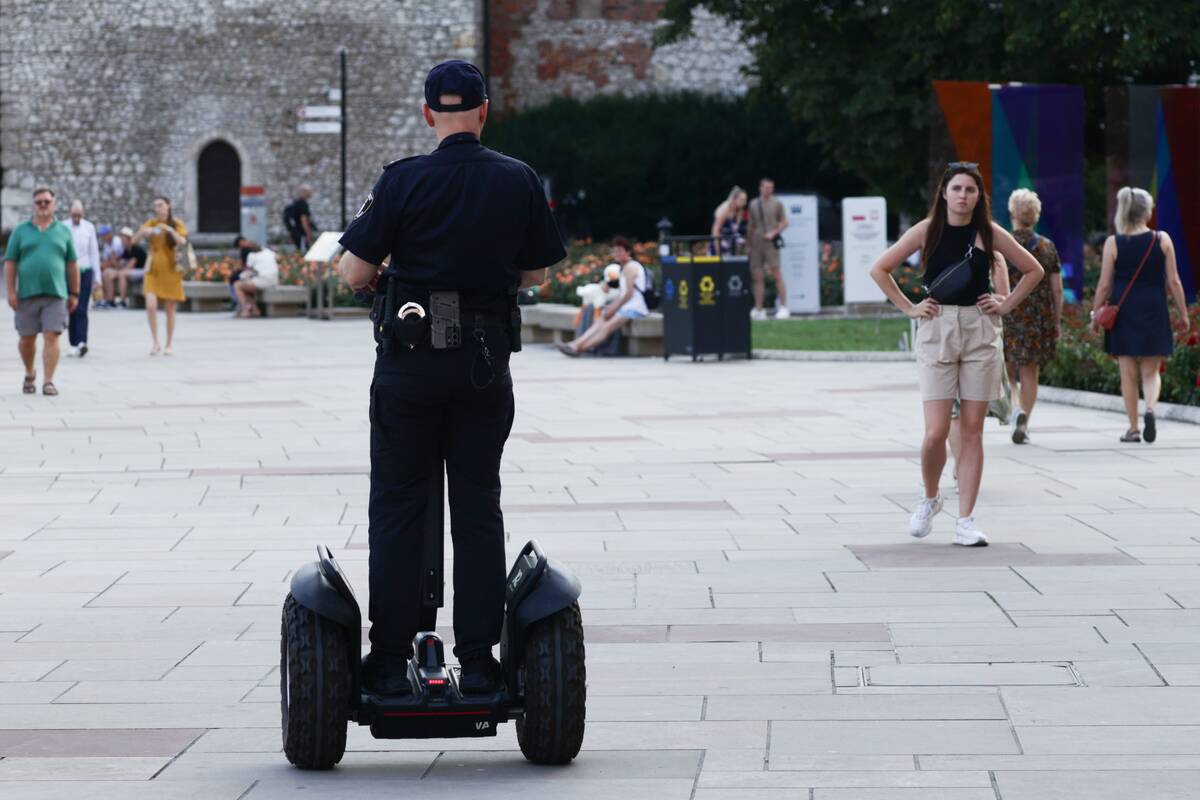
When introduced in 2001, the Segway was touted as the future of personal transportation. Its self-balancing technology was impressive, but its high price and limited practicality kept it from widespread adoption. Despite being featured in movies and used by some tour companies, the Segway failed to become a mainstream hit. Production was ceased in 2020. While it didn’t change urban transport as promised, the Segway remains a symbol of ambitious innovation.
The Zune: Microsoft’s Misstep in the Music World
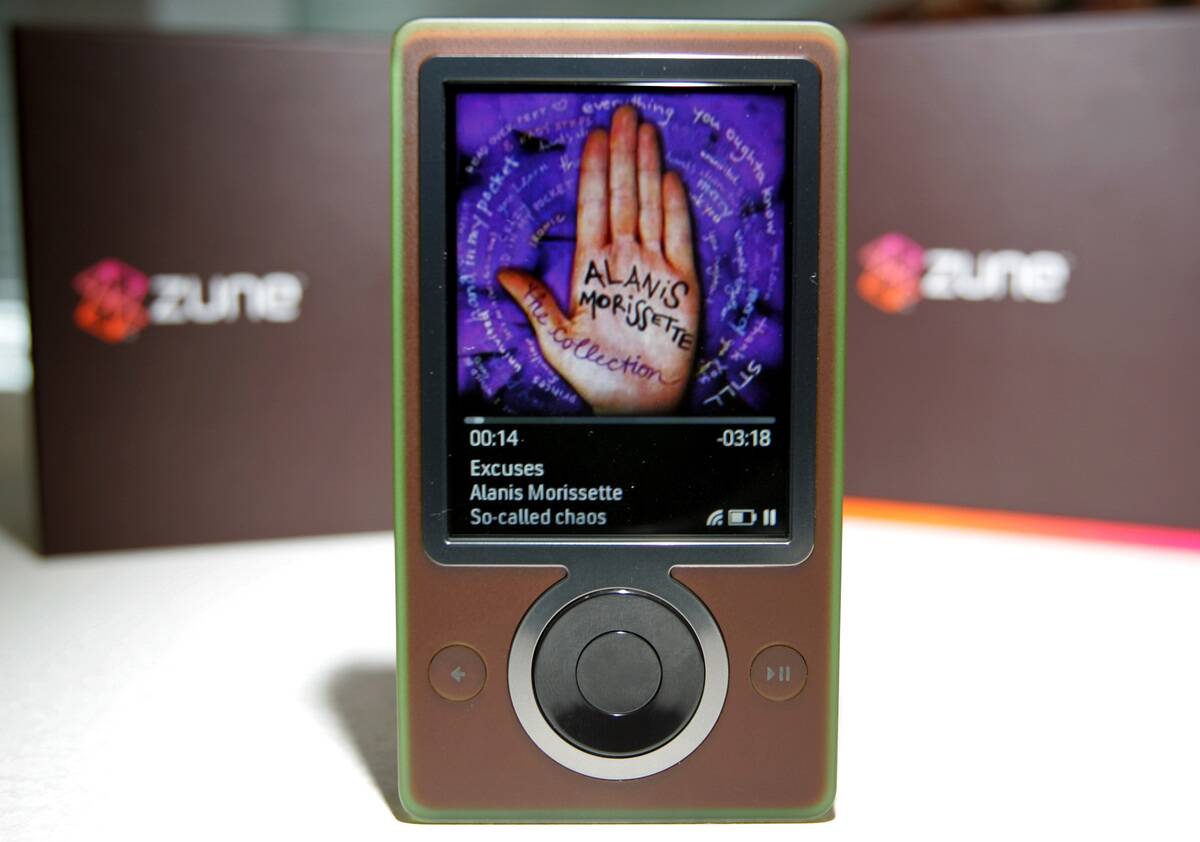
Microsoft launched the Zune in 2006, hoping to take on Apple’s iPod. While it boasted features like wireless sharing, the Zune couldn’t compete with the iPod’s ecosystem and massive music library. The clunky design and lack of compelling exclusives led to poor sales. Microsoft discontinued the Zune in 2011, but it remains a pop culture joke and a lesson in the importance of timing and market understanding in tech product launches.
The Bic For Her Pen: Writing with a Side of Stereotype
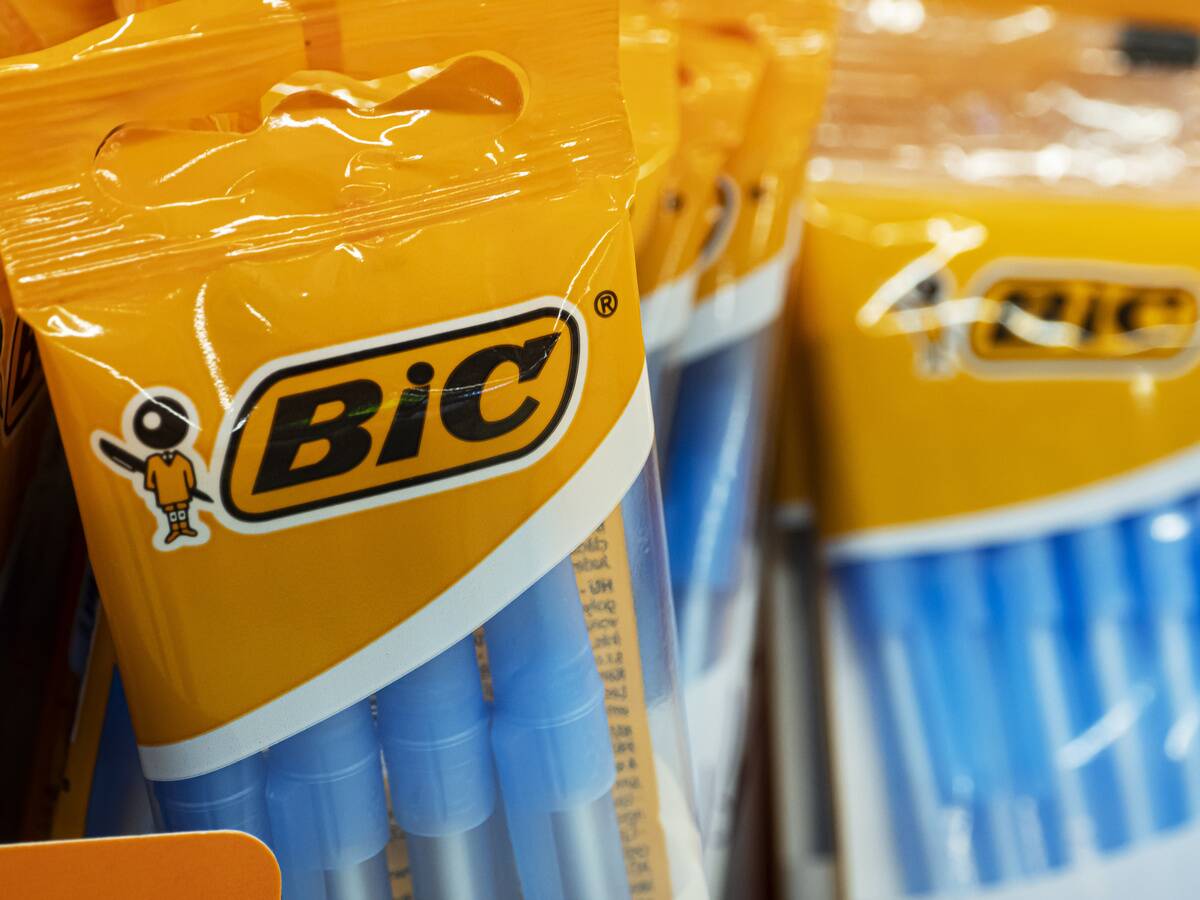
Bic’s attempt to genderize pens with “Bic For Her” in 2012 was met with widespread ridicule. Marketed with pastel colors and a “designed to fit comfortably in a woman’s hand” tagline, it was widely criticized for perpetuating stereotypes. The pens became a viral sensation for all the wrong reasons, with humorous reviews flooding online retailers. This blunder highlighted how important it is for companies to be attuned to social sentiments and avoid alienating potential customers.
The Cheetos Lip Balm: Snack Attack Meets a Beauty Blunder
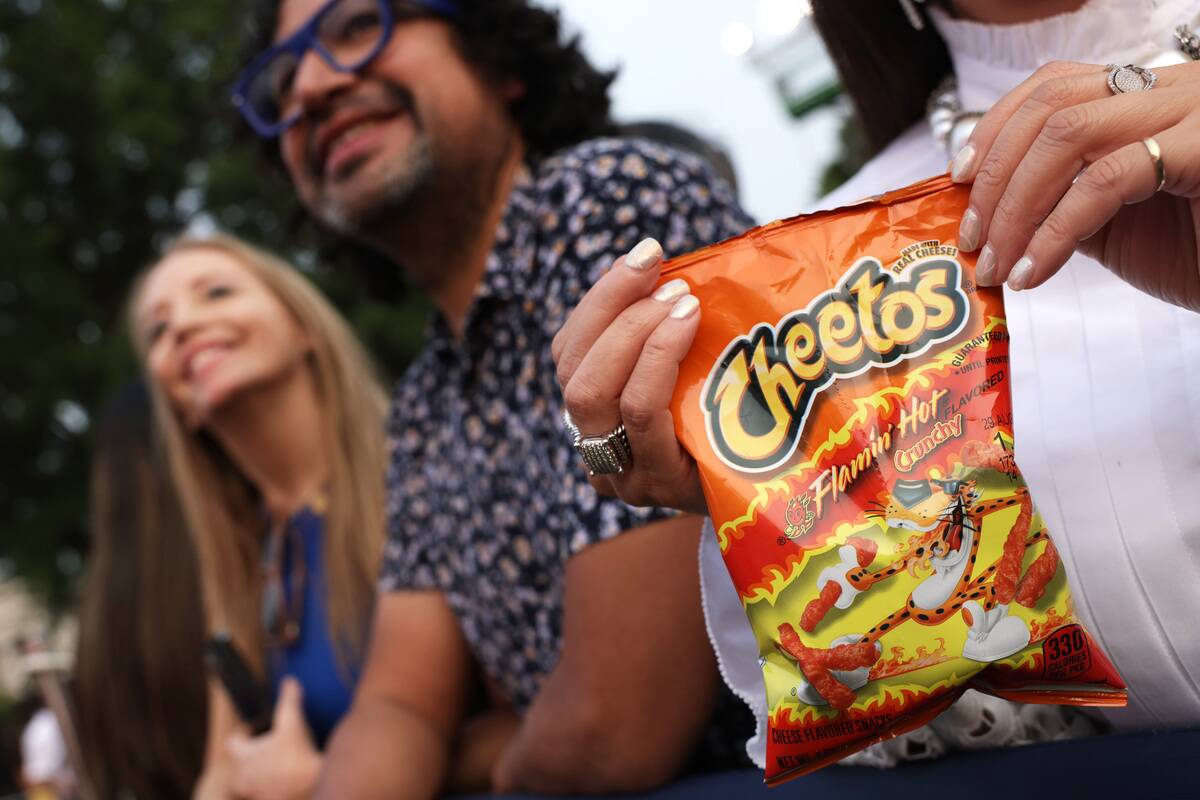
In an unusual brand crossover, Cheetos Lip Balm hit the shelves in the early 2000s, offering fans the chance to wear their favorite snack as a beauty product. Unsurprisingly, the idea of cheese-flavored lip balm didn’t sit well with consumers, and the product was quickly discontinued. This odd venture into cosmetics serves as a reminder that just because something can be done doesn’t mean it should be—especially when it involves cheese.
The Arch Deluxe: McDonald’s Attempt at a Grown-Up Burger
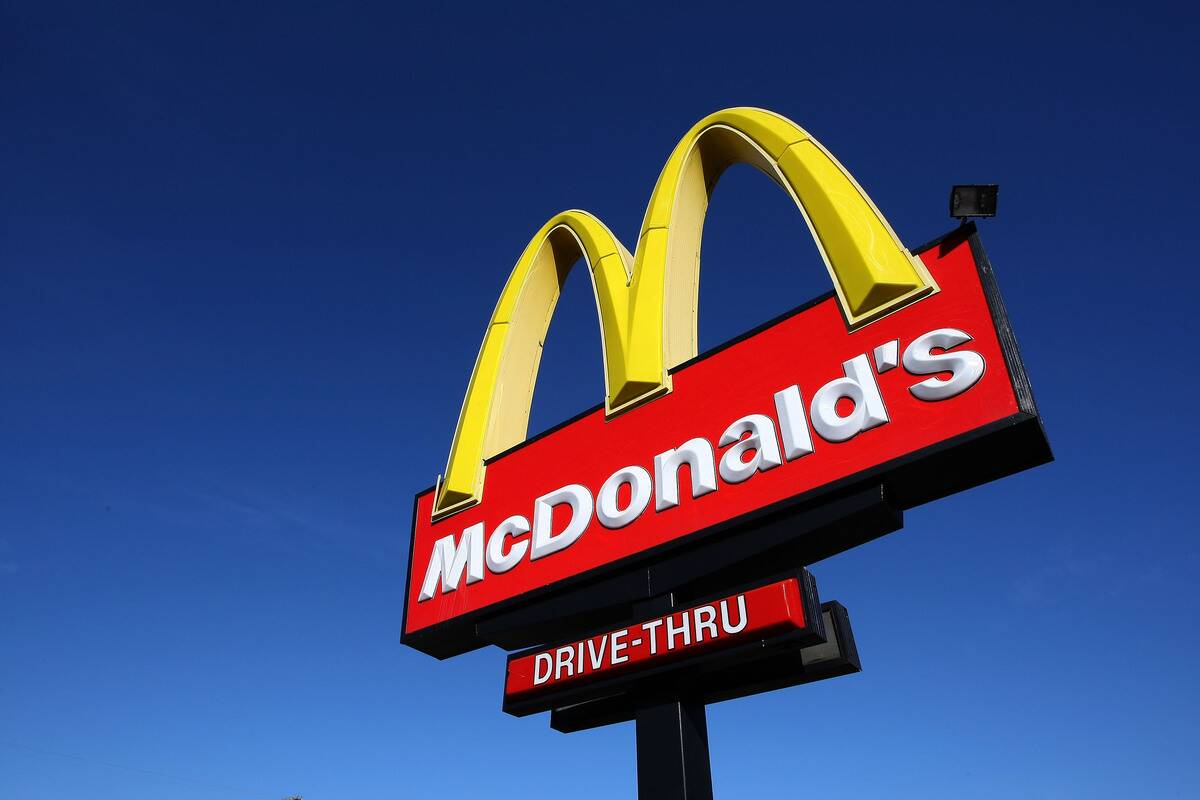
In 1996, McDonald’s launched the Arch Deluxe, aiming to attract sophisticated adult palates. Despite a $150 million marketing campaign, the burger failed to resonate with consumers, who preferred traditional menu items. Its premium pricing also deterred McDonald’s regulars. The Arch Deluxe was quietly retired, but its legacy lives on as a classic example of misjudging market desires. Sometimes, even the biggest brands can overestimate their ability to redefine themselves.



